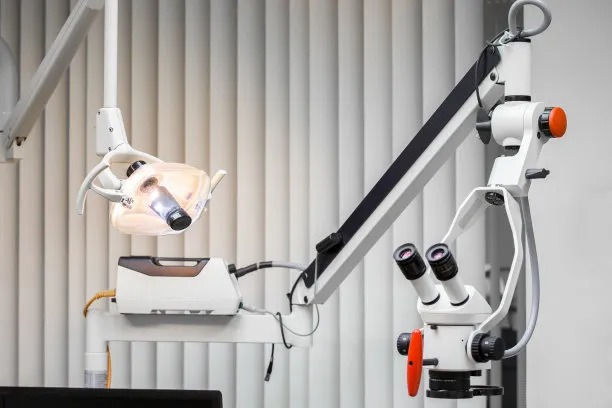The Importance of Proper Techniques When You Need to Extract a Tooth for Better Oral Health
Summary: Extracting a tooth is sometimes necessary for better oral health, whether due to decay, crowding, or infection. However, the techniques employed during tooth extraction are critical to ensure patient safety and minimize discomfort. This article explores the importance of using proper extraction techniques, detailing the impact on patient health, potential complications from improper methods, the significance of expert intervention, and post-extraction care. By understanding these aspects, we can appreciate how proper techniques can lead to improved overall oral health and long-term well-being.
1. Impact on Patient Health During Extraction

Understanding the health implications during a tooth extraction begins with recognizing how proper techniques mitigate pain and discomfort. When performed correctly, the extraction process minimizes trauma to the surrounding tissue, which is crucial for a smooth recovery. A gentle approach allows the dental professional to remove the affected tooth without further distress to the gums or bone.
Furthermore, proper techniques contribute to reducing the likelihood of excessive bleeding during the procedure. Skilled practitioners are trained to identify and manage potential complications, ensuring that blood vessels are appropriately handled during extraction. This attention to detail promotes a more stable environment for healing following the procedure.
Ultimately, employing proper techniques safeguards the overall health of the patient by allowing for a quicker recovery. This efficiency translates into fewer follow-up visits and less reliance on pain management medications, making for a more positive dental experience.
2. Risks Associated with Improper Extraction Techniques
Improper tooth extraction techniques can lead to significant complications that can adversely affect oral health. One major risk includes the possibility of fractured teeth or jaw damage during the extraction process. This often results from applying excessive force or lack of proper leverage when attempting to remove the tooth, which can cause additional pain and prolonged recovery times.
Another serious risk is the occurrence of infection. When a tooth is not removed properly, it can leave behind tooth fragments or infected tissue, which may subsequently lead to an abscess. This complication not only exacerbates discomfort but can also require additional interventions, significantly complicating the recovery process.
Finally, improper extractions can create conditions for dry socket, a painful complication that arises when the blood clot at the extraction site dislodges or fails to form. This condition necessitates further treatment to manage pain and encourage healing, again highlighting the importance of using appropriate techniques during extraction.
3. The Role of Experienced Dental Professionals
Utilizing experienced dental professionals for tooth extractions is vital for ensuring proper techniques are employed. These experts are trained in anatomy, sedation, and pain management, equipping them with the skills necessary to handle extractions effectively. Their knowledge allows for an assessment of each unique situation, which leads to tailored approaches that ensure comprehensive care and minimize complications.
Furthermore, experienced dentists are adept at recognizing when a surgical extraction is necessary. Cases that involve impacted teeth or significant bone loss require specialized techniques that only knowledgeable practitioners can safely perform. This expertise guarantees that patients receive the best possible care, tailored to their specific circumstances.
Moreover, the experience of dental professionals instills confidence in patients. Knowing that a qualified and skilled dentist is performing the surgery can alleviate anxiety and stress associated with extraction, promoting a more positive dental experience overall.
4. Importance of Post-Extraction Care
Post-extraction care plays a significant role in patients recovery and overall oral health. After a tooth extraction, following the dentists post-operative instructions is crucial to prevent complications and ensure proper healing. These guidelines typically include recommendations for rest, pain management, and dietary restrictions to aid in recovery.
Moreover, maintaining good oral hygiene practices post-extraction is vital. Patients should be advised on how to clean their mouths gently to avoid dislodging any blood clots while promoting healing. This includes the use of salt water rinses and avoidance of straws, which can create suction that disrupts the healing process.
Finally, follow-up appointments are essential to monitor the healing progress. Regular check-ups with a dental professional can help identify any issues early on, ensuring patients receive timely interventions if any complications arise. This continued care solidifies the benefits of proper techniques during extraction, thereby supporting better long-term oral health.
Summary: This article highlights the importance of proper techniques in tooth extraction, addressing issues surrounding patient health, risks of improper methods, the necessity of experienced professionals, and post-operative care. The safe and effective extraction of teeth not only alleviates immediate dental problems but also promotes longer-term oral health. By recognizing the value of employing appropriate techniques, patients can better appreciate the role of dental care in their overall health journey.
This article is compiled by Vickong Dental and the content is for reference only



